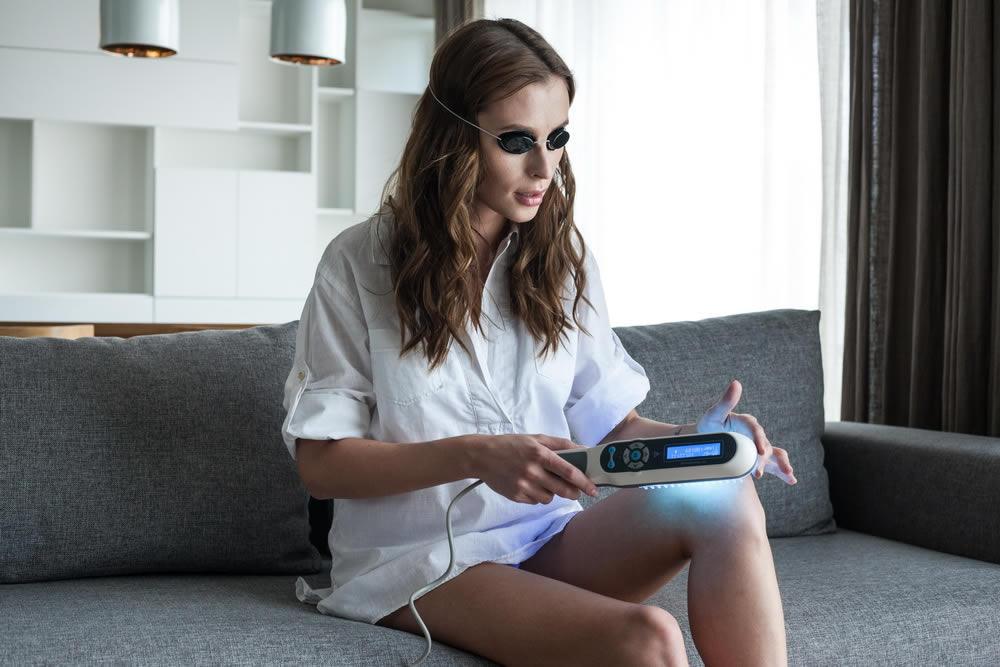Calls for Ukraine
Calls for Europe
Calls for USA

For decades, people with psoriasis have been treated in medical settings with narrowband ultraviolet B phototherapy, or light therapy, to reduce plaques, scales and inflammation. However, a new study from the Perelman School of Medicine at the University of Pennsylvania has found that patients can treat psoriasis at home as well, using phototherapy devices designed to make it easier to self-treat.
The results of the LITE (Light Treatment Effectiveness study), published in the journal JAMA Dermatology, showed that patients treated at home were more likely to adhere to their prescribed course of treatment and found it easier to do so than when visiting a clinic.
Phototherapy is performed using tanning bed-like machines or smaller hand or foot devices, but they emit ultraviolet light of a specific wavelength that effectively treats psoriasis without exposing patients to the cancer-causing radiation present in commercial tanning beds. Phototherapy is often used in conjunction with pills and biologic medications to treat psoriasis.
The number of sessions and their duration can vary depending on the severity of psoriasis symptoms. Most patients require treatments lasting a few minutes 2-3 times a week for about 12 weeks. Given that clinic visits may require transportation costs and time off work, access to phototherapy can become difficult. In the study, patients spent an average of 50 minutes per treatment getting to and from the clinic and an average of $20 in travel costs per visit.
The study enrolled 783 people aged 12 years and older with plaque or guttate psoriasis. Psoriasis symptoms were assessed during regular visits to a dermatologist, after which participants were randomized to 12 weeks of home treatment or clinic treatment followed by a 12-week follow-up period. Those who performed phototherapy at home were given the devices, taught how to use them, and made specific appointments based on skin color and sensitivity.
After 12 weeks, 33% of patients who received phototherapy at home and 26% of patients treated at the clinic had clear or nearly clear skin. Among the patients who received phototherapy at home and in the clinic, who were able to continue treatment twice a week, about 60% achieved clear or almost clear skin.
Patients who received phototherapy at home were more than 3 times more likely to adhere to the recommended frequency of treatment than those who attended a clinic.
The LITE study included people with different skin types and colors. The researchers wanted to find out if the effectiveness of home and clinical treatments differed for different skin types.
“Our study should have an immediate impact on clinical practice,” says lead author Joel Gelfand, MD, professor of clinical research in the Department of Dermatology at Penn and medical director of the Penn Center for Psoriasis Treatment and Phototherapy. “Whether your skin is light or dark, we found no difference in the effectiveness of phototherapy at home or in a doctor’s office, except that patients generally did better with treatment at home because they could receive it more consistently.”
Please rate the work of MedTour
